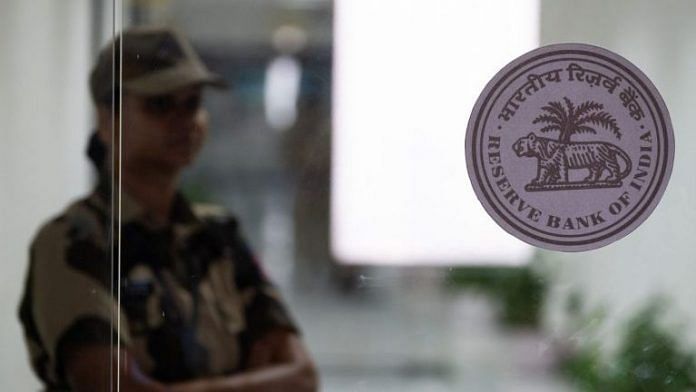New Delhi: The Supreme Court Friday directed the Reserve Bank of India (RBI) to disclose the annual inspection reports of banks as sought under the Right to Information Act. It also directed the RBI to not withhold the list of wilful defaulters.
The RBI, has so far, resisted disclosing such information claiming that the annual inspection reports are fiduciary in nature and contain details that could cause unwarranted panic and a run-in on the bank — that is when depositors try to withdraw their money in panic.
The petitioners, including RTI activists like Subhash Agrawal, had sought the annual inspection reports of state-owned State Bank of India and private lenders Axis Bank, ICICI Bank and HDFC Bank under RTI.
ThePrint tries to decode the annual inspection report and its contents.
What is an annual inspection report?
The RBI conducts annual financial inspection of commercial banks, both public and private. The central bank is empowered under Section 35 of the Banking Regulation Act to conduct inspection of banks to ensure they adhere to prescribed rules and regulations. After the inspection process, spread over two months, RBI collates a report on the functioning of the bank.
The process, premised on risk-based supervision, looks into credit risk, market risk and operational risk, said a RBI official who did not wish to be identified.
The risk-based supervision process looks at a bank’s possibility of failure. It has replaced the older ‘Camels’ model wherein banks were rated on the basis of these parameters: capital adequacy, asset quality, management, earnings, liquidity and systems.
Also read: RBI governor Shaktikanta Das’s idea of a 10 basis points rate cut would be meaningless
What does an annual inspection consist of?
The RBI conducts an on-site inspection of scheduled commercial banks — both public and private. RBI officials visit the office of the bank concerned and inspect the banks’ books. They look at the position of the various loans, the non-performing assets (NPAs) and the reasons for the NPAs.
The central bank may look into high-value NPA accounts and probe any irregularities in the sanctioning process, said M.R. Umarji, former legal advisor to the Indian Banks’ Association.
“The idea is to check if the bank is in compliance with all the regulatory requirements prescribed by RBI. The main aim is to ensure that the interests of the depositors are protected and that the business of the bank is conducted in a sound manner,” said Umarji.
Does RBI disclose information from report with anyone?
The content of the annual inspection report are discussed with the head of the particular bank before finalisation. The final report is shared with the banks as to enable them to take corrective action steps.
The report is also presented to RBI’s board of financial supervision headed by the governor and comprising central bank officials and board members.
Umarji pointed out that the contents of the report are confidential and not meant for public consumption.
“A common man may not understand the observations made by RBI and make a wrong assessment about the health of the bank. RBI’s instructions are a regulatory procedure and may contain price sensitive information and are not meant for public scrutiny. As it is, the balance sheet of the banks are regularly published,” said Umarji.
Also read: New govt should review RBI’s inflation goals, says PM Modi’s economic adviser



